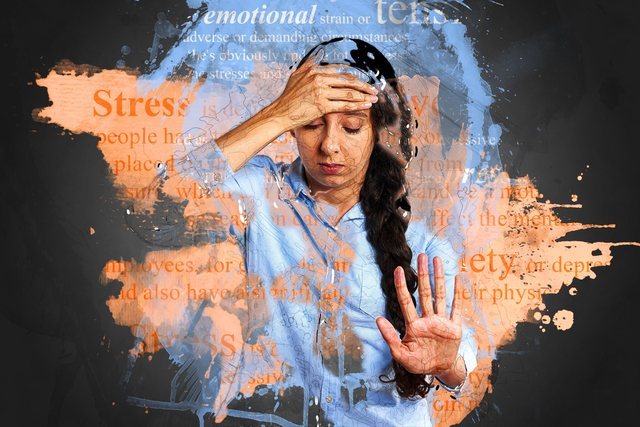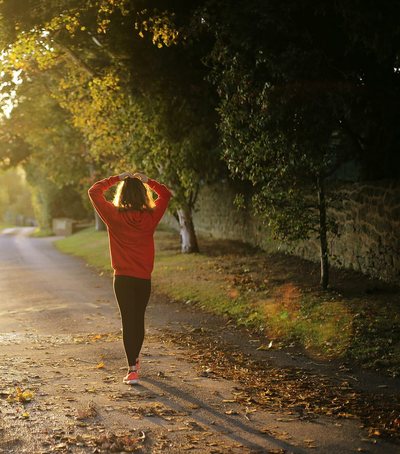
Sometimes what we feel is complicated. Feelings can be either primary or secondary, and this distinction is important to understand.
A primary emotion is how a situation actually makes us feel. So someone says something unkind and we feel hurt or sad. A secondary emotion is a feeling we have as a reaction to a primary emotion because the primary feeling is unpleasant. Usually when people feel hurt, they are not aware of the feeling of hurt because the secondary emotion of anger starts quickly, so they feel angry.
A common secondary emotion is known as anxiety. We feel angry, sad, hurt, embarrassed, jealous, or disappointed, but those feelings are too uncomfortable, too vulnerable, or too difficult to express, so we feel anxious. Theoretically, anxiety protects us from more complicated or painful feelings, but it distracts us from the true emotion caused by the situation.
Secondary emotions are a reflection of anxiety about feelings. We have this anxiety about our emotions because we were in situations where it was or was unsafe to feel them. However, this anxiety must be addressed in order to know what we are really feeling, we must address the anxiety about feelings.
Some ways to reduce anxiety:
Talk to someone. Consulting with a psychologist, talking to friends or family can help us identify core feelings, reduce shame, and increase our comfort and self-esteem.
Keep a journal. Journaling can help us express our core emotions and process our feelings.
Meditate. Techniques such as meditation, breathing exercises, and yoga can help us relax and release stress.
Jump . Physical activity like walking, running, swimming, or jumping can help reduce anxiety. Drink plenty of water and fruits for a healthy diet.
Get enough sleep. Sleep and rest can help us feel less stressed.
Spend time in nature. Spending time in nature promotes feelings of well-being and gratitude, which reduces anxiety.





